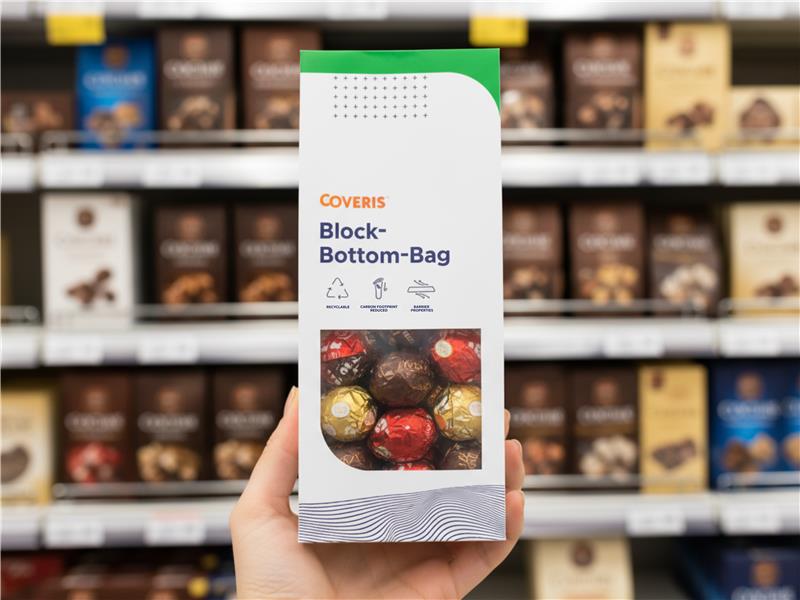ECONOMY
- 3 The Conditions of Polish Foreign Trade in Dairy Products – Piotr Szajner (DOI 10.15199/65.2020.10.1)
The Polish dairy market is featured with a systematic increase in foreign trade, which shows growing inter-branch character. Nevertheless, the dairy branch still remains on the position of a net exporter. Exports are quite important in the market balance sheet because the production of milk exceeds domestic uses. Large exports imply strong correlation of domestic prices with the prices on the world market. The structure of foreign trade is dominated with processed products ready for consumption; however bulk quantities of preserved dairy milk products (milk powder, hard cheese and butter) are exported to third countries. The surplus in foreign trade confirms competitiveness of Polish dairy industry on international markets. Economic recession triggered by COVID-19 did not have any negative impact on foreign trade of the branch. In the first half of 2020 turnover declined only in April.
KEY WORDS: milk, dairy sector, foreign trade, export, import, prices, market, COVID-19 pandemic
TECHNICS – TECHNOLOGY
- 9 Bioactive Components in Milk – Properties and Production Possibilities Using Membrane Techniques – Agata Zajączkowska, Jarosław Kowalik, Justyna Żulewska, Adriana Łobacz (DOI 10.15199/65.2020.10.2)
Bioactive compounds are chemical substances found in commonly consumed food, other than those essential to meet basic energy needs and the nutrients of body, but having health improving properties. These substances show antioxidant and prooxidant effects and act as enzyme inhibitors. Milk is asource of bioactive compounds naturally occurring in animal products, which have abeneficial effect on the human body. High quality bioactive ingredients are found in all basic fractions of milk – fat and water-protein. Increased interest and development of the food industry in the production of functional food caused changes in production and technological processes. As aresult of these changes, we can obtain bioactive substances through membrane processes, which can be used to separate biologically active substances. The most frequently used processes include the microfiltration technique (MF) for both bacterial and protein separation depending on the membrane used for MF, as well as ultrafiltration (UF). These processes allow us to obtain bioactive components such as lactoferrin and linoleic acid (CLA).
KEY WORDS: membrane processes, bioactive components, milk
- 14 Selected Aspects of Raw Milk Quality in Seasonal Terms – Antoni Stanisław Pluta, Emilia Piętka (DOI 10.15199/65.2020.10.3)
The article describes the influence of the season on selected quality characteristics of raw milk. The average daily milk yield of cows and the average content of: protein, casein, fat, urea and the somatic cells count (SCC) on a quarterly basis were analyzed. The data was collected on the basis of breeding documentation available in selected farms located in north-eastern Poland. The dominant breed in the assessed herds was the Polish Holstein-Friesian breed, black and white variety. The autumn and winter months were found to be the best period for obtaining high-quality milk. Moreover, the permissible SCC was exceeded in the milk of high-yielding cows.
KEY WORDS: milk quality, chemical composition, production seasonality, SCC
FOOD – FEEDING
- 24 Milk and Dairy Products as A Potential Source of Staphylococcal Enterotoxins – Patryk Wiśniewski, Wioleta Chajęcka-Wierzchowska (DOI 10.15199/65.2020.10.4)
Numerous scientific and epidemiological reports indicate a serious problem concerning the presence of Staphylococcus sp. in raw milk and dairy products. The staphylococcal enterotoxins (SEs) are characterized by high thermostability, therefore they remain in dairy products even after applying thermal methods of their preservation. Understanding the toxicology of staphylococcal enterotoxins undoubtedly contributes to improving the safety of dairy products. In order to achieve the best possible improvement, it is necessary to conduct further research on development of appropriate methods to reduce contamination.
KEY WORDS: coagulase-negative staphylococci, staphylococcal enterotoxins, milk, dairy products
- 30 Milk and Fermented Milk Drinks and Their Effect on Health – Diana Wolańska-Buzalska, Klaudia Wiśniewska, Katarzyna Okręglicka (DOI 10.15199/65.2020.10.5)
Milk and dairy products are the main source of dietary calcium and an important source of vitamins B2 and B12, protein, magnesium, zinc and potassium. According to the current dietary recommendations, the daily diet should contain at least 2 large glasses of milk, which can be replaced with yogurt, kefir or partly cheese. Despite these recommendations, this group of products is often eliminated from the diet for various reasons. Additionally, studies of milk and dairy consumption and their health effects often provide conflicting information. The aim of this article is to present current data on the health impact of the consumption of milk and fermented milk drinks, with particular emphasis on obesity, metabolic syndrome, type 2 diabetes, osteoporosis and certain cancers. Adequate consumption of milk and milk products, in accordance with available dietary guidelines, can be beneficial to human health in all age groups, with the exception of people with certain medical conditions such as lactose intolerance or allergy to milk proteins.
KEY WORDS: diet, nutrition, health, milk, dairy, dairy consumption
- 38 Characteristics of Health-promoting Properties of Selected Mushroom Species and Assessment of Their Availability on The Local Market in Warsaw – Katarzyna Świąder, Marta Wojda, Anna Piotrowska, Joanna Rachtan-Janicka (DOI 10.15199/65.2020.10.6)
Mushrooms are a desirable food raw material not only due to their attractive sensory properties but also because of their nutritional value and health-promoting properties. In this work the assortment of mushrooms and products containing them available on the local market of Warsaw has been analyzed. It has been concluded that dried mushrooms had the biggest energy value, protein, fat, carbohydrates and fiber content. The most popular cultured species was a champignon. Sponge mushrooms and truffles were the most expensive ones. Mushrooms with the ability to produce metabolites with the pro-health effects, e.g. immunostimulatory, anti-cancer, have been used in the production of dietary supplements. Majority of them contain reishi mushrooms.
KEY WORDS: mushrooms, mushroom products, nutritional value, health properties
EVENTS
- 8 The condition and prospects of rural and agricultural development – 70 years of IAFE-NRI
- 21 A real chance to reduce the scale of food waste?
- 27 BIOEXPO WARSAW 2020
- 37 Packaging Innovations in good shape!




